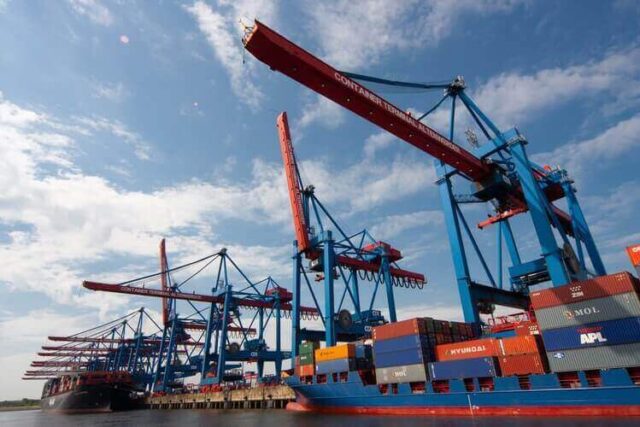In the world of free trade, the way activism has played its part in the continuous metamorphosis of our existing situation has always made its state. Trade demonstration is on the left of trade in motion and the two have some distinct variations.
First of all, toward a more fulfilling phase of acceptance, there are cases where trade activism has replaced trade in general. Because of trade suffering from interference, activism has solely gathered pace in reverse retaliation of trade itself. At the core of trade economics, we find the modern tenants of trade agreements.
Trade is just not a theory found on books of business and economics but it is a mechanism for economic activity. All in all, trade is a matter of solid aperture of the very laws that dictate the world of businesses. The system is put under constant motion and the markets are continually responding each day and out to the various trade agreements between nations and to lesser extent companies and institutions that see the entirety of things as a whole.
Trade has some barriers, more commonly known as trade barriers and the deployable aspects of these barriers hit the right spots. The main things that are in our control are the resources-both natural and man-made-and the sense that we have to deploy them for various causes put up the understanding for the apex of solitude in terms of trade activism.
The surface is barely scraped and as a nation, we haven’t been in a position to pass from a place as comforting as is that of trade demonstration. Trade demonstration links two things: On one hand, it links what goes into the formulation of the business model for trade to occur and the other is a pure and singular determination of the variables that control market determinism.
Swaying sideways into an ever-growing premonition, the businesses can’t function without the pre-requisites of trade agreements and what is at their disposal is a matter of working out how to settle the case. Besides pulling out an effective agenda to get more cohesiveness between trade and administration of a business, what is of more importance is that of common collectivism.
The day we begin to yield for the greater good will be the day where trade and collectivism bring us the fruits of the work done for productivity by all. The situation can’t get any simpler, as we take each step a day; the trends in domestic and international trade are becoming ever so evident in times of disparity.
By the most naive of measures, trade has been going in circles as a mechanism devised for procurement in times which measures all of the aspects of a business. Trade activism and trade demonstration has truly become an integral part of the business cycle, without trade a business won’t exist and that’s the ultimate truth. It commences with the fundamentals and ends up with the zenith of human achievement, at least in terms of the monetary capabilities of the nation and the world.
From a global perspective, the diverse nature of trade as we differentiate cultures and nations becomes the most difficult aspect of trade. Trade by definition means the buying or selling of goods and by maintaining this code we can easily deduce the market reaction and effectiveness that it has on a much broader scale.
Trade forms an elemental part of the business ecosystem. In business both national and international, the gateway towards the future holds the key for unfastening the biggest puzzles of economic guidance to maximize utility and resources.
Price level and price determinants remain liable to the constituents in the bible of trade and the talk becomes what it was in the past. Such a case till this day has become less apparent as the world economy has grown in stages and a more grandiose fashion of a utopia. The visions of the people aren’t limited by simply what they observe but they do to promptly render and keep rhetorical notions at bay.
The world has always been in uncertain positions and they are also recurring. The flipside of the last statement is the order of the world which is in perfect unison with everything in existence. The way economic constant becomes variables and variables becomes constant tells us about the macroeconomic indicators and how they have changed the landscape of trade over a course of five to six decades. And from this, we have the experimental data which through data analytics a proper measure of trade and its counterpart consumerism gains precedence over common theory.
Before the macroeconomic records of nations existed, what we had was inventories and a little bit of microeconomics and through the web of connections of business within themselves, trade today has become the overall aspect. Unilaterally, the bi-partisanships that radiate self-confidence in trade procurement become a prime concern.
Through the contextual development of the modern theories of choice i.e. Game theory, we have the tools to make trade a free and fair aspect of society. Just like a successful business model, trade-in at an international level has the epitome of modern tools to curb a drop-in capability across all stages of economics.
Even before we had society, what we had was synergies. And as society developed and the systemic procedural effects of how the links of the society had formed came to exist, what ceased was a separation of nature from nurture. And as history has it, departures are never fully a culmination of goodbye, it’s in its very essence a part of nurture which has become natural and through this, we have the modern world.
Engr. Samin Shadman Zahir
Contributor, The InCAP

















